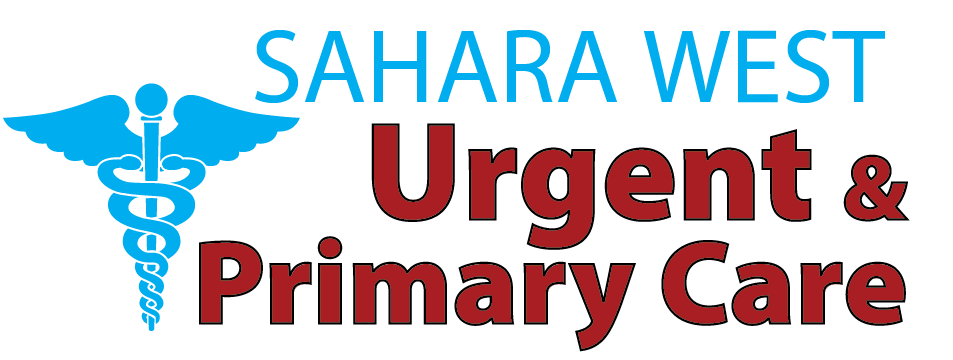A stimulating presentation that starts with the introduction as to why it is important to be aware of the types of injuries in workers’ compensation: a wrong classification will mean a wrong benefit, treatment plan, and getting the worker back on the job. It focuses on just remuneration, faster recovery, and compliance with the employer.
Understanding Workers’ Compensation and Workplace Injury Claims
In this part, the author describes workers’ compensation as a no-fault insurance scheme that provides medical treatment and payment of wages. It explains what a claim must have to be allowed: injury must arise in the course of and out of employment. Other associated terms, such as occupational hazard, claim process, and medical benefits, are also illuminated.
Physical Trauma Injuries
Sprains, Strains, and Soft‑Tissue Injuries
Description of how sudden movements, lifting, or awkward positions can naturally provoke straining or tearing of muscles, ligaments, and tendons in detail. Diagnosis (physical examination, imaging), common treatment (rest, physical therapy, anti‑inflammatories), prognosis, and how such injuries are some of the most prevalent forms of injuries in workers’ comp cases.
Fractures, Breaks, and Dislocations
Describes cases like falling or getting hit by equipment resulting in bone breaking and causing dislocation of joints. Describes what to expect in terms of emergency care, surgical procedure, immobilization process, rehabilitation procedures and what kind of complications may occur on the way, such as damage to the nerves, and the interpretation of the use of the lost-time benefits when the recovery period is more prolonged.
Repetitive Stress Injuries and Occupational Illnesses
Carpal Tunnel Syndrome and Tendonitis
Pays attention to the effect of repetitive activities (such as typing, working in an assembly line) as causes of inflammation of tendons of the wrists or compression of the median nerve. Talks about ergonomic assessment, nerve conduction studies, conservative measures (to use splint, rest) and the surgical procedures available in extreme cases and what documentation is necessary in support of claims under the workers comp.
Hearing Loss, Respiratory Conditions, and Skin Disorders
Pays attention to the effect of repetitive activities (such as typing, working in an assembly line) as causes of inflammation of tendons of the wrists or compression of the median nerve. Talks about ergonomic assessment, nerve conduction studies, conservative measures (to use splint, rest) and the surgical procedures available in extreme cases and what documentation is necessary in support of claims under the workers comp.
Impact and Crushing Injuries
Presents injuries due to hit by heavy objects or caught in the constructed machinery, such as, fracture of bones, damages to the internal organs, nerve injuries, or soft-tissue injuries. Coverage is provided in the form of emergency surgery, long-term disability pay when recovery is not complete and vocational rehabilitation when impairment is partial.
Slip, Trip and Fall Injuries
Discusses uncommon/common accidents that occur in the workplace that include a slip, trip, or falls that can cause injuries including sprained ankle, fractured wrist, spinal injury, or a concussion. Very much underscores the need of providing quick reporting, medical assessment, assessment of job hazards where such cases contribute to both the medical only claim as well as lost time claim.
Burns and Thermal Injuries
Explains how employees who work with heat, flames, steam, chemicals, or electricity may have everything to first degree burned skin to complete thickened down skin. Types of treatments include dressings, pain treatment, rehabilitation and skin grafting. More on the issues relating to how the compensation will meet the medical treatment, scar management and wage benefits.
Exposure‑Related Injuries (Chemical, Biological, Radiation)
Plunges into trauma or disease caused by exposure to hazardous chemicals, biological agents or radiation on the job. Such cases are chemical poison, infectious disease and cancer caused by radiation. Describes latency periods, professional medical review, monitoring exposures and the difficulty of establishing the relationship between injury and exposure in the job, in order to achieve compensation.
Psychological Injuries and Stress‑Related Claims
Discusses how PTSD, anxiety, depression, or acute stress disorders are possible results of trauma in the workplace pertaining to things like accidents, harassment, or a high-stress workplace. Explains that the mental health claims need to be supported by the records of the incident, some psychological testing, and medical diagnosis and are frequently questioned. Jittery that psychological conditions pass as good examples of injuries in workers compensation when properly justified.
Lost‑Time Injuries Versus Medical‑Only Injuries
Makes it clear that: medical-only injuries need to be treated but do not entitle to take leave, whereas lost-time injuries entail replacement of wages under theory of temporary total, temporary partial or permanent disability. Provides details of the types of injury that usually fall into each category and the impact on the benefit eligibility and the complexity of the claim.
How the Claims Process Handles Each Injury Category
Walks step by step: through reporting about injury and health investigation, to investigation by insurer. Indicates that the documentation requirements vary – sprains can be resolved in no time, occupational illnesses or psychological injuries most likely require more medical records, expert reports, and deterministic schedules. Underlines the role of on-time filing and collaboration of the employer.
Medical Treatment and Return‑to‑Work Plans
Explains the process through which the medical practitioners design targeted programs based on the type of injury encountered-physical treatment in case of injuries of soft tissues or mental therapy in case of mental disorders. Also stipulates guidelines regarding light-duty work or vocational rehabilitation in collaboration with employers to accomplish injury-free and lasting work restoration.
Prevention Strategies for Each Injury Category
Offers actionable workplace prevention methods:
- Ergonomics and proper lifting techniques to prevent sprains and repetitive stress injuries.
- Safety training, fall protection, guardrails, and hazard signage to reduce trauma or slip‑and‑fall accidents.
- Personal protective equipment and environmental controls to limit burns, exposure to chemicals, or heat.
- Employee assistance programs, stress awareness workshops, and mental health resources to proactively address psychological risks.
Legal Considerations and Benefits Entitlement
Defines the rights of the workers in terms of medical coverage, prescription drugs, wage replacement plans, vocational retraining as well as death benefits in case they apply. Cover the problem of claim dispute, denial, or appeals especially in complex cases of injury in workers compensation such as occupational illnesses or mental health cases and the usefulness of legal advisory or legal representation.
Conclusion
Supports the need to identify and properly classify the full array of varieties of injuries in worker compensationIn Las Vegas – an old bread and butter injury by physical trauma as well as the chronic occupational diseases and psychological disorders. Promotes immediate reporting, adequate medical proofs and preventive measures in order to provide sufficient reimbursement and healing. Recommends to seek the services of a qualified workers compensation advisor or attorney who will take you through the complicated claims to defend your rights. To schedule your appointment with the highest standard of care, visit Sahara West Urgent Care on our website, where you can also explore more informative blogs.
FAQs
What qualifies as a compensable injury?
Any injury or illness that arises out of and in the course of employment qualifies, including accidents, occupational diseases, and psychological conditions tied to workplace incidents.
How soon should I file a claim?
Report injuries immediately—most jurisdictions require filing within 30–90 days. Delays can jeopardize claim eligibility.
Are psychological injuries covered?
Yes—mental health injuries like PTSD, anxiety, or depression related to workplace events can be compensable with proper documentation and medical diagnosis.





